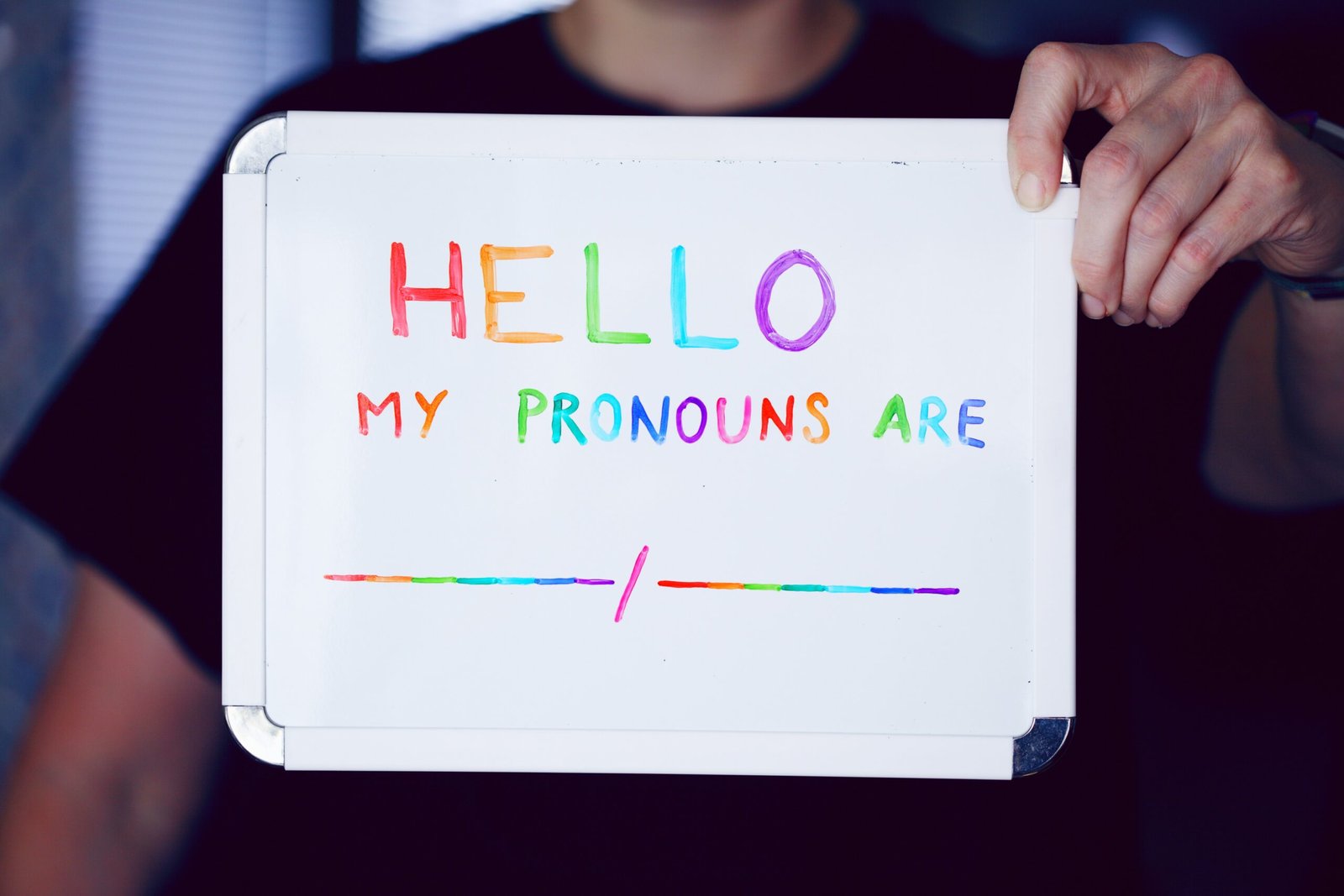The Importance of Understanding Gender Dynamics in Early Human Societies
Gender dynamics in early human societies played a crucial role in shaping the social, cultural, and economic systems of those communities. Exploring how these dynamics were structured and how they influenced sexual relationships and roles provides valuable insights into the development of human civilization.
Gender Roles and Division of Labor
In early human societies, gender roles were often defined by the division of labor. Men and women had specific tasks and responsibilities that were essential for the survival and well-being of the community.
Men typically engaged in activities such as hunting, fishing, and warfare, which required physical strength and endurance. Women, on the other hand, focused on gathering food, caring for children, and maintaining the domestic sphere. These roles were not rigidly fixed, and there were variations across different communities and cultures.
The division of labor based on gender roles created interdependence and cooperation within early human societies. Each gender had a vital role to play, and their contributions were equally valued for the overall functioning of the community.
Power and Authority
Gender dynamics in early human societies also influenced power and authority structures. In many societies, men held positions of leadership and decision-making authority. This was often due to their roles in hunting and warfare, which were seen as more physically demanding and required strategic thinking.
However, it is important to note that not all early human societies followed a patriarchal system. Some societies had more egalitarian structures, where decision-making was shared among both men and women. These societies recognized the importance of women’s contributions and valued their input in important matters.
Sexual Relationships and Reproduction
Gender dynamics in early human societies significantly influenced sexual relationships and reproduction. The division of labor and power imbalances often resulted in different expectations and norms regarding sexuality.
Men’s roles as hunters and providers often led to the establishment of patrilineal societies, where descent and inheritance were traced through the male line. This created a system where men had greater control over resources and were more likely to have multiple sexual partners.
Women, on the other hand, were expected to be monogamous and faithful to their partners. This was partly due to the need for certainty regarding paternity, as men wanted to ensure the passing on of their own genetic lineage.
However, it is important to recognize that these patterns were not universal, and there were variations across different societies. Some societies practiced polyandry, where women had multiple husbands, while others had more fluid and flexible sexual relationships.
Challenging Gender Dynamics
While gender dynamics in early human societies were often structured in a way that reinforced traditional gender roles and power imbalances, there were also instances of resistance and challenges to these structures.
Archaeological evidence suggests that women played important roles in religious rituals and ceremonies, indicating that they had influence and agency beyond their domestic responsibilities. Additionally, the existence of female warriors and leaders in some societies challenges the notion that men were the sole bearers of power and authority.
It is important to approach the study of gender dynamics in early human societies with a nuanced understanding, recognizing that these dynamics were complex and multifaceted. By exploring these dynamics, we gain insights into the diversity of human experiences and the ways in which gender has shaped our history and development as a species.

